Geoawareness is the first step in UTM, highlighting no-fly zones and restrictions while merging data from manned and unmanned aviation relevant to drone pilots. It identifies which NOTAM and airspaces apply to drones, translating these into UAS geographical zones, and introduces drone-specific areas for safety, privacy, and security, ensuring safe navigation for pilots.
Challenges in Bridging the Knowledge Gap for Drone Pilots
Navigating Complex Airspaces
Drone pilots often face challenges in understanding which airspace regulations apply to their flights, leading to potential safety risks and regulatory non-compliance.
Inadequate Awareness of Restrictions
Without clear guidance on geographical information, both recreational and professional drone pilots may inadvertently violate no-fly zones or restricted areas, posing threats to manned aviation and sensitive locations.
Legacy Systems and Drone Integration
Traditional aviation data systems like NOTAMs are not designed with drones in mind, making it difficult for pilots to access and interpret pertinent information for safe flight planning.
Geographical Data Gaps
Drones operate on a more localized scale than manned aircraft, necessitating detailed information about smaller geographical zones such as parks, schools, and infrastructures not typically monitored in manned aviation.
Unifly’s Solution to Geoawareness Challenges:
- Intuitive Geozone Map: Unifly’s web-based map features an easy-to-understand, interactive interface, enabling both recreational and professional drone use. It merges user-friendly navigation with the ability to visualize comprehensive geospatial data, including airspace classifications and real-time NOTAMs, tailored for seamless integration into national UTM strategies.
- Dynamic No-Fly Zones: Enables real-time management of temporary geozones, enhancing responsiveness to changing airspace situations.
- Advanced NOTAM Parsing (link to advance parsing page): The Unifly platform meticulously interprets ‘every’ line of an ICAO NOTAM, not just the commonly used Q-line. It employs a sophisticated language processor developed from a comprehensive collection of NOTAM catalogues from multiple countries. This ensures the highest accuracy in depicting airspace restrictions and operational conditions. If a NOTAM cannot be fully parsed for detailed geographic shapes, Unifly’s system uses the Q-line data to generate a safety-centric circular depiction as a fallback, maintaining a safety-first approach for drone operations.
- Customisation and Multilingual Support: The Geozone Map supports interface personalization, multiple languages, and serves as a legal information repository, fostering regulatory compliance and global usability.
- Regulatory Compliance: Strictly conforms to EU regulations EU-2019/947 and EU-2021/664, guaranteeing that drone operations comply with the latest legal frameworks for safety and efficiency.
- Supporting Industry Standards: Complies with essential aviation standards, including ED-269 and ED-318, ensuring full regulatory adherence and safe drone operations.
- EAD Integration: Incorporates data from the Eurocontrol AIS Database (EAD), gathering NOTAM and airspace.
Products for Enhanced Geoawareness:
For Drone and UAM/AAM Operators:
- Explore: Offers drone operators an extensive geoawareness solution for accessing vital airspace data, enabling safe and seamless flight planning.
For Supervisors:
- Supervise: Allows supervisors to create and manage temporary no-fly zones, ensuring airspace safety and compliance.
API for Integration:
- Operator APIs: Facilitates uploading geographical zones as geofences in drones, preventing airspace infringements.
- Platform API: Supports the collection and integration of ED-269 and ED-318 compliant airspaces, promoting interoperability and standard adherence.

